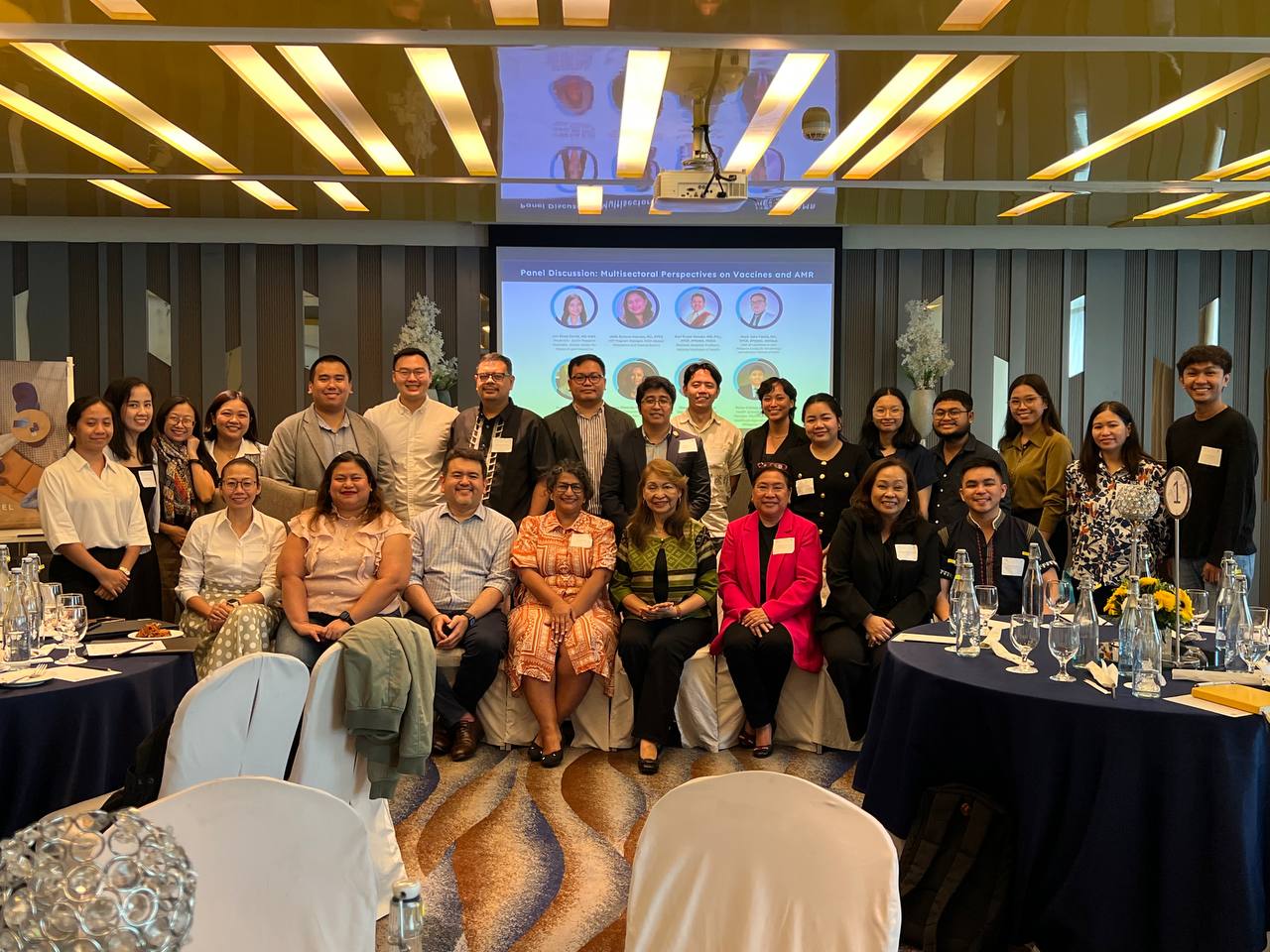
Policy Brief: Projecting Temperature-Related Dengue Burden in the Philippines Under Socioeconomic Pathway Scenarios
Dengue fever remains a major public health concern in the Philippines, with its transmission strongly influenced by temperature changes. The Environmental Health Flagship Team then conducted a study that explores the historical and projected dengue burden attributable to temperature variations under various Shared Socioeconomic Pathway (SSP) scenarios. The study highlights the need for robust policy measures to address this growing public health challenge, particularly in regions most affected by temperature-driven dengue transmission.
The analysis of dengue data from 2010 to 2019 revealed that 72.1% of reported cases were attributable to increased temperatures. This underscores the critical role of climate as a driver of dengue transmission. Notably, the highest incidence occurred during the transition from the warm-dry to the early rainy season, from April to June. This finding challenges the traditional perception of dengue as a rainy-season disease and demonstrates that temperature dynamics play a pivotal role in shaping transmission patterns. Southern provinces, particularly in Mindanao, experienced the highest temperature-related dengue incidence, likely due to rapid urbanization, inadequate infrastructure, and high vulnerability to climate change.
Figure 1. Attributable number and attributable fraction of temperature-attributable dengue cases per Epiweek across provinces from 2010–2019.
Future projections indicate that the temperature-related dengue burden will increase significantly under all SSP scenarios until 2100, with the most severe impacts under SSP5-8.5, a scenario characterized by high emissions and fossil fuel-intensive development. By the end of the century, dengue cases under this scenario are expected to increase by 135.85% compared to SSP1-2.6, the most optimistic scenario. Middle-of-the-road projections, such as SSP2-4.5, predict a persistent rise in dengue burden with no clear decline, emphasizing the urgent need for adaptive measures. Vulnerable regions with lower healthcare spending are projected to bear the brunt of this increase, highlighting disparities in resource allocation and the critical role of socioeconomic factors in shaping dengue outcomes.
Figure 2. Nationally-representative projected dengue incidence projections under different Shared Socioeconomic Pathways (SSPs).
Addressing the rising dengue burden requires a paradigm shift in public health strategies. Surveillance systems must be enhanced to incorporate temperature-based early warning mechanisms that enable timely identification of high-risk periods and regions. Continuous vector control programs should replace the current seasonal approach, targeting mosquito breeding sites throughout the year. This strategy would be particularly effective in mitigating the impacts of warming temperatures during the dry season, which have been shown to drive dengue transmission into the rainy months.
Urban planning and infrastructure development must prioritize sustainable practices, particularly in southern regions where rapid urbanization exacerbates dengue risk. Investments in water systems, sanitation, and waste management are essential to reducing mosquito breeding sites and improving overall public health outcomes. Healthcare spending should be reoriented to prioritize preventive measures, such as health education and community-based interventions, over reactive approaches. These initiatives would empower communities to take proactive steps in reducing dengue risks and improving resilience against climate-driven health challenges.
The study’s medium-term projections provide a valuable benchmark for aligning national policies with climate adaptation goals. Policymakers should leverage these findings during the review of the National Climate Change Action Plan in 2028 and the Philippine Development Plan in 2040 to ensure that public health strategies are responsive to evolving climate realities. By adopting a forward-looking approach, the Philippines can mitigate the escalating threat of dengue and build resilience against the broader impacts of climate change.
This study highlights the urgent need for evidence-based policies that address the intersection of climate change and public health. By investing in preventive healthcare, strengthening surveillance systems, and promoting sustainable urban development, policymakers can mitigate the impacts of climate change on dengue transmission. Implementing comprehensive measures can mitigate the future dengue burden, safeguarding the health of Filipinos in a changing climate.
You may access the full article here: Frontiers | Projecting temperature-related dengue burden in the Philippines under various socioeconomic pathway scenarios
-

The Unseen Link: Vaccines and Antimicrobial Resistance in the Philippine Context
Antimicrobial resistance is already claiming lives, and the global pipeline for new antibiotics is shrinking. In August 2025, experts gathered to explore a critical question: Can vaccines become a frontline weapon against AMR? The science is clear—by preventing infections, vaccines reduce antibiotic use and slow resistance. But translating this into action means confronting data gaps, political barriers, and financing challenges. As one expert noted: "When we vaccinate, we reduce the frequency of these diseases. That means fewer antibiotics—used and misused." With no country in the Global South yet integrating vaccines systematically into AMR strategies, the Philippines has a chance to lead—if stakeholders can move from consensus to action.
-

Advancing vaccine uptake to mitigate antimicrobial resistance (AMR) in low and middle-income countries of South or South-East Asia
This project explores how strengthening vaccine uptake can serve as a key strategy to mitigate antimicrobial resistance (AMR) in the Philippines and across South and South-East Asia. By reducing the burden of vaccine-preventable diseases and the unnecessary use of antibiotics, the study aims to provide actionable recommendations for national and institutional stakeholders to better integrate vaccination initiatives into AMR control efforts, ultimately contributing to stronger, more resilient health systems.
